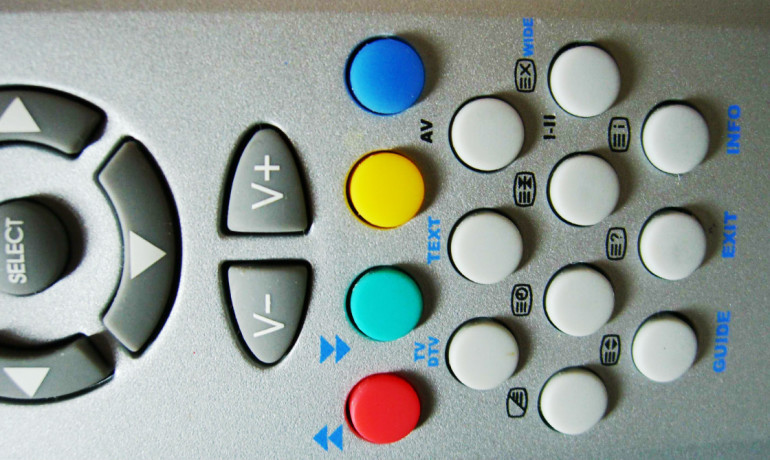A new wireless device the width of a human hair can be implanted in the brain and activated by remote control to deliver drugs.
The technology, demonstrated for the first time in mice, may one day be used to treat pain, depression, epilepsy, and other neurological disorders in people by targeting therapies to specific brain circuits.
Published online in the journal Cell, the research is a major step forward in pharmacology and builds on earlier work in optogenetics, a technology that makes individual brain cells sensitive to light and then activates those targeted populations of cells with flashes of light. Because it’s not yet practical to re-engineer human neurons, researchers made the tiny wireless devices capable of delivering drugs directly into the brain, with the remote push of a button.
ACTIVATED WITH LIGHT
“In the future, it should be possible to manufacture therapeutic drugs that could be activated with light,” says co-principal investigator Michael R. Bruchas, associate professor of anesthesiology and neurobiology at Washington University in St. Louis.
“With one of these tiny devices implanted, we could theoretically deliver a drug to a specific brain region and activate that drug with light as needed. This approach potentially could deliver therapies that are much more targeted but have fewer side effects.”
Previous attempts to deliver drugs or other agents, such as enzymes or other compounds, to experimental animals have required the animals to be tethered to pumps and tubes that restricted their movement. But the new devices were built with four chambers to carry drugs directly into the brain. By activating brain cells with drugs and with light, the scientists are getting an unprecedented look at the inner workings of the brain.
‘PRESS OF A BUTTON’
“Now, we literally can deliver drug therapy with the press of a button,” says Jordan G. McCall, a graduate student in the Bruchas lab. “We’ve designed it to exploit infrared technology, similar to that used in a TV remote. If we want to influence an animal’s behavior with light or with a particular drug, we can simply point the remote at the animal and press a button.”
“The device embeds microfluid channels and microscale pumps, but it is soft like brain tissue and can remain in the brain and function for a long time without causing inflammation or neural damage,” Jeong adds.
OTHER PARTS OF THE BODY, TOO
As part of the study, the researchers showed that by delivering a drug to one side of an animal’s brain, they could stimulate neurons involved in movement, which caused the mouse to move in a circle.
In other mice, shining a light directly onto brain cells expressing a light-sensitive protein prompted the release of dopamine, a neurotransmitter that rewarded the mice by making them feel good. The mice then returned to the same location in a maze to seek another reward. But the researchers were able to interfere with that light-activated pursuit by remotely controlling the release of a drug that blocks the action of dopamine on its receptors.
The researchers also believe that similar, more flexible devices could have applications in areas of the body other than the brain, including peripheral organs.
“We’ve successfully produced and demonstrated an implantable, cellular-scale microfluidic and micro-optical interface to biology, with application opportunities not only in the brain but in other parts of the nervous system and other organs as well,” says the study’s other co-principal investigator, John A. Rogers, professor of materials science and engineering at the University of Illinois.
For now, the devices contain only four chambers for drugs, but in the future, the researchers hope to incorporate a design much like a printer’s ink cartridge so that drugs can continue to be delivered to specific cells in the brain, or elsewhere in the body, for as long as required without the need to replace the entire device.
The National Institute on Drug Abuse, the National Institute of Mental Health, the National Institute of Neurological Disorders and Stroke, and the Common Fund of the National Institutes of Health funded the research.
Fuente: www.futurity.org
